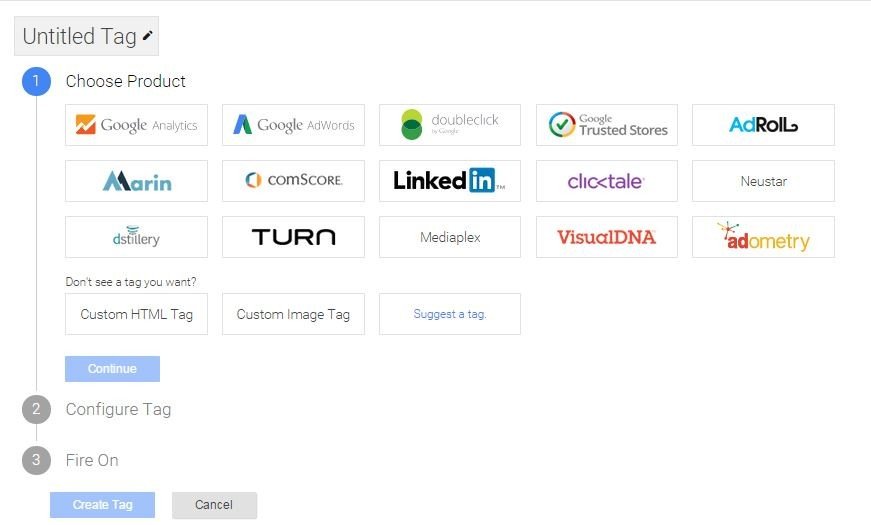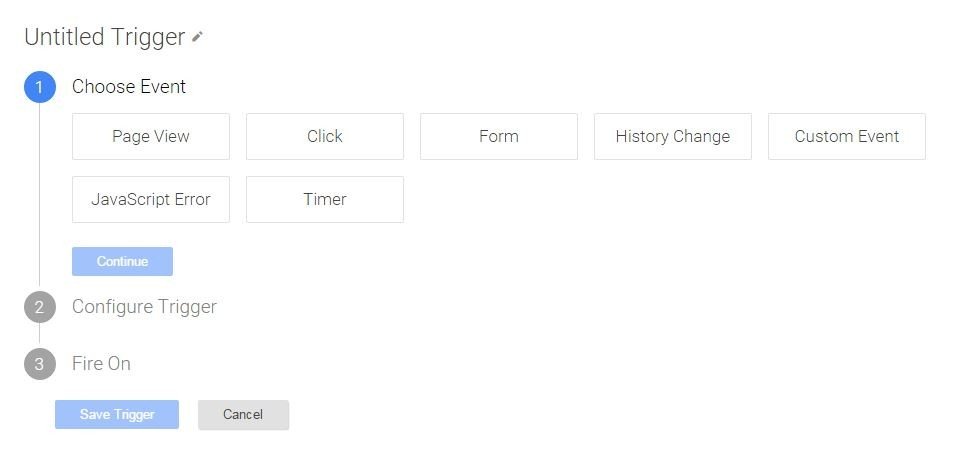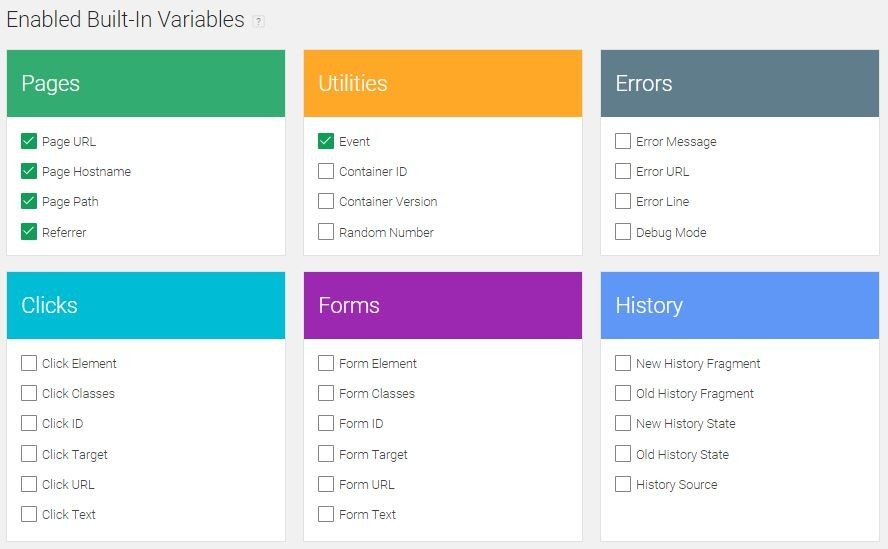Nuevo Google Tag Manager V2
Google Tag Manager V1 nos dice adiós. La versión 2 está recién salida del horno y viene con un buen lavado de cara de la herramienta. Aunque las funcionalidades básicas siguen siendo las mismas, la nueva interfaz tiene un diseño más fresco, es más intuitiva, y flexibiliza un poco más si cabe la implementación ¡es de agradecer!.
Ayer mismo se aplicaba la migración general a la versión 2, aunque, por lo que hemos podido ver en nuestro Tag Manager, algunas cuentas se encuentran todavía en proceso de cambio. Además, el equipo de Google da luz a la API destinada a facilitar el control programático de Tag Manager y de la que os hablaremos cuando conozcamos más.
Para los que todavía no tenéis el placer de conocer a esta preciosidad cuya misión es hacernos la vida más sencilla, hoy os presentamos ¡Google Tag Manager!
¿Para qué sirve Tag Manager?
Google Tag Manager nace como respuesta a las necesidades de las empresas en cuanto a implementación técnica para recopilación de datos. Whaaaaaat?? Valeeeee! para facilitar la configuración a nivel de código de otras herramientas, como Google Analytics, Google AdWords, o Facebook ¿mejor así?. Estas herramientas recopilan datos de nuestra web para que podamos analizarlos, y esos datos vienen de… ¡fragmentos de código!
Es una solución única con la que, a través de la implementación de un container (o fragmento contenedor) en una web podemos manejar la implementación a nivel de código de otras herramientas ¡se acabaron las interrupciones al departamento de desarrollo!. Hay excepciones: existen algunas funcionalidades muy específicas que sí requieren de una implementación extra, como el Enhanced Ecommerce, que veremos en otra ocasión.
Componentes de Google Tag Manager
Éstos son los protagonistas de la fiesta:
- Container: es el fragmento contenedor que Tag Manager utiliza como cajón desastre para todas las herramientas que quieras configurar. Tendrás que pegarlo en todas las páginas de la web en las que quieras hacer el seguimiento y también en tus landing pages orientadas a convertir:

Fragmento de código que permite a Google Tag Manager disparar las Tags configuradas
- Tags: técnicamente son trocitos del código que se ejecutan en una página. Son las representantes de cada código que hubiéramos tenido que añadir a mano en la web de no contar con Google Tag Manager. Ejemplos: el código de seguimiento de Google Analytics, el código de conversión de Google AdWords, el Píxel de Facebook, etc…

Las Tags son representantes de las herramientas que configuramos con Google Tag Manager
- Triggers (antes Rules): son los desencadenantes, o la condición que hace que las tags se activen. Por ejemplo, el código de conversión debe activarse cuando se produce una conversión. Lógica aplastante. En este caso, el trigger es un evento de “Page View” de la página de éxito de una transacción (bien sea un formulario enviado o una compra de un producto).
Ejemplo: “Pepito tiene una tienda online de vasos y está haciendo una campaña de AdWords. Cada vez que alguien compra un vaso tras hacer click en un anuncio es llevado a una thank-you page cuya url es: www.vasospepito.com/gracias”. Google Tag Manager reconoce el trigger: alguien ha visto -Page View- la página de éxito (url contains “gracias”) y dispara el tag de Conversión de AdWords.
Esta asociación entre Events y Triggers es una novedad de la V2 de Google Tag Manager. Como vemos en la siguiente imagen, existen varios tipos de eventos disponibles para configurar un trigger:

Para definir un trigger debemos asociarlo con uno de estos eventos.
- Variables (antes Macros): las variables son aquellos parámetros que Tag Manager analiza para definir si existe un trigger o desencadenante, y por tanto saber si debe disparar un tag. Aunque parece complejo piénsalo con el ejemplo de antes:
“Pepito tiene una tienda online de vasos y está haciendo una campaña de AdWords. Cada vez que alguien compra un vaso tras hacer click en un anuncio es llevado a una thank-you page cuya url es: “www.vasospepito.com/gracias”. Aquí es donde debe saltar el tag de conversión ¿cómo sabe Tag Manager que tiene que dispararlo?
-
- Variable: url.
- Trigger: url contains “gracias”, event: Page View.
- Tag: AdWords conversion.
El proceso es el siguiente: Google Tag Manager busca en la variable, url. Si la condición o trigger se cumple: url contiene “gracias” y se produce una vista de esa página, el tag AdWords Conversion se dispara. Tag Manager envía rápidamente esa información a la plataforma de AdWords, y se contabiliza una conversión.
¿Qué diferencias observamos en la Versión 2 de Google Tag Manager?
Además del cambio en la nomenclatura de Rules y Macros, y de la asociación entre events y triggers, disponemos ahora de un listado de variables predefinidas que flexibilizan los parámetros que pueden hacer saltar una tag dada una condición determinada.
Nos permiten una configuración más sencilla a nivel de macros:

Las variables predefinidas facilitan la configuración a nivel de macros.
Seguirás necesitando configuración personalizada para algunas variables, que son llamadas a través del Data Layer. Hablaremos de este nuevo personaje en la próxima sesión 😉 ¡hasta entonces!



